300-Year-Old Coins Possibly Used for Gambling Found at Scottish Highlands Site
Posted on: October 11, 2023, 10:00h.
Last updated on: October 11, 2023, 12:09h.
In the 17th Century Scottish Highlands, card games, dice games, and even betting on horses gained in popularity as forms of gambling entertainment. Over 300 years later, archeologists in Scotland may have found some of the coins that were used in the games.
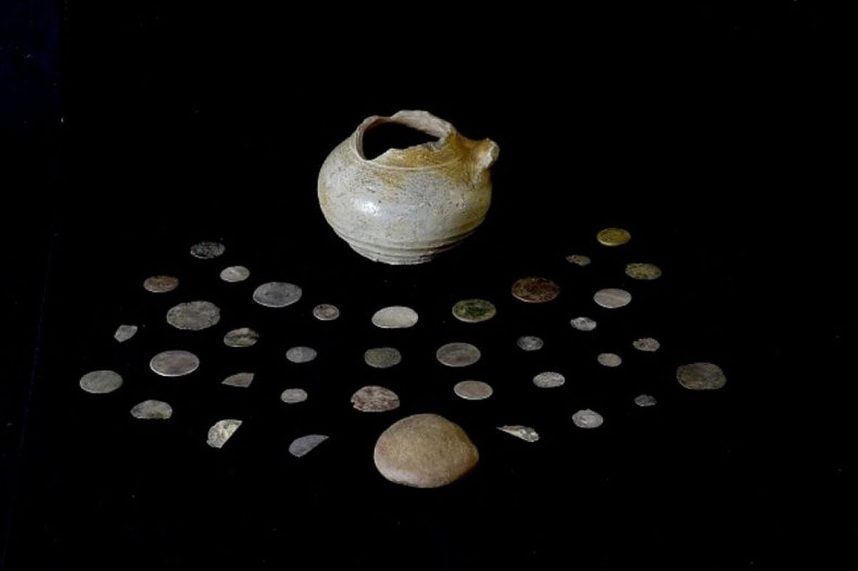
The University of Glasgow said in a press release that it found a pot containing 36 coins during a dig at a house in Glencoe in the Scottish Highlands. They were buried, possibly intentionally, under a fireplace in a house that once belonged to Alasdair Ruadh “MacIain” MacDonald of Glencoe, who ruled the MacDonald clan from 1646 to 1692.
Archeologists determined that all of the coins predated 1690. This is an impactful clue, as the clan was massacred in a surprise attack in 1692.
Scots Embraced Gambling as Entertainment
There’s evidence the Scots of the time played various types of card games that included gambling. One was possibly Bawbee Nap, a trick-taking game commonly played in the UK, and a variation of the similarly named card game Nap.
In Bawbee Nap, players bid on the number of tricks they expect to take during a round. The game involves elements of strategy and bluffing, and players earn points based on the number of tricks they win compared to their bid. Bawbee was the old Scottish halfpenny that was in circulation from the late 16th century to the mid-18th century.
The traditional Highland Games featured a variety of physical contests, such as caber tossing, tug-of-war, and the stone put. Spectators and participants alike would place bets on the competitors, adding an extra layer of competition and entertainment to the games.
Shinty, a stick and ball game similar to today’s field hockey, was immensely popular in the Highlands. Highlanders often engaged in betting on the outcomes of shinty matches. Bets could include predicting the winning team, the number of goals scored, or other aspects of the game.
The Highlands had its own set of traditional betting customs, often tied to local events, fairs, or gatherings. Betting on races, challenges, or other competitions that took place during these events was commonplace.
Massacre Writes the History Books
The Glencoe Massacre of 1692, as it would come to be known, was a dark episode in Scottish history that unfolded in the aftermath of the Glorious Revolution of 1688. The massacre took place in the Glen Coe region of the Scottish Highlands, where members of the MacDonald clan faced betrayal and violence.
At the heart of the massacre was a complex political situation. In 1688, King James II of England was overthrown during the Glorious Revolution, leading to the ascent of William of Orange to the throne. The MacDonalds, like many Highland clans, had been loyal to James.
In 1691, an oath of allegiance was required, compelling clans to swear loyalty to William and Mary by January 1, 1692. Clan Chief Alexander MacDonald, known as MacIan, delayed taking the oath because of harsh winter conditions and confusion about where it could be sworn.
Sir John Dalrymple, Master of Stair and Secretary of State for Scotland, saw an opportunity to suppress perceived Jacobite sympathizers and assert control over the Highlands. He ordered troops, under the command of Captain Robert Campbell, to carry out an attack in what would become known as the 1692 Massacre of Glencoe.
On the night of Feb. 13, 1692, the soldiers, who had been quartered with the MacDonalds for nearly two weeks, turned against their hosts. The massacre resulted in the deaths of at least 38 members of the MacDonald clan and the creation of a permanent chapter in Scottish history.
Related News Articles
Land-Based Gambling Returns to France as Online Segment Sees Decline
Finland’s Veikkaus Gaming Monopoly Facing Mass Layoffs
Gambling Grandmother Jailed After Embezzling More Than $1.8M
Most Popular
Las Vegas Overstated F1 Race’s Vegas Impact — Report
Mega Millions Reportedly Mulling Substantial Ticket Price Increase
NoMad Hotel to Check Out of Park MGM on Las Vegas Strip
Most Commented
-
End of the Line for Las Vegas Monorail
— April 5, 2024 — 90 Comments -
Mega Millions Reportedly Mulling Substantial Ticket Price Increase
— April 16, 2024 — 8 Comments -
Long Island Casino Opponents Love New York Licensing Delays
— March 27, 2024 — 5 Comments



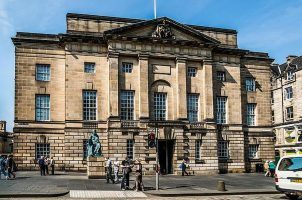








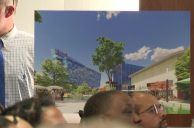

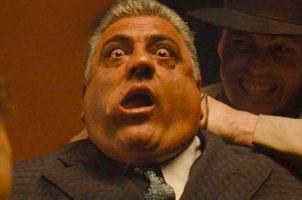
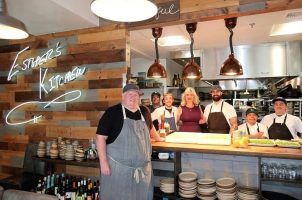
No comments yet